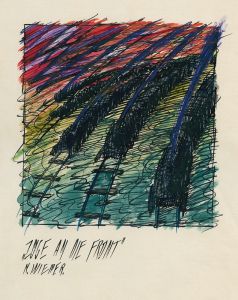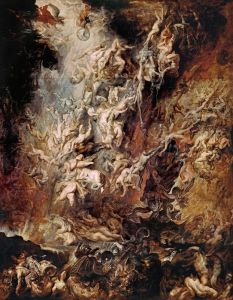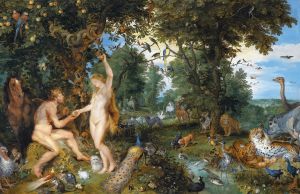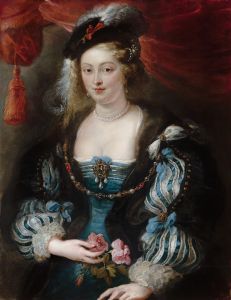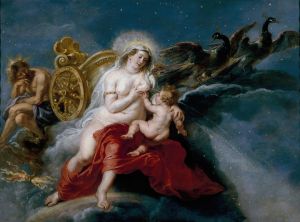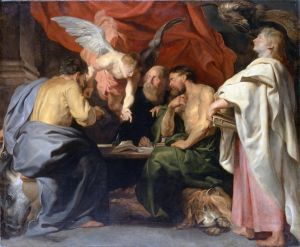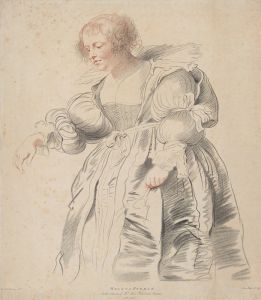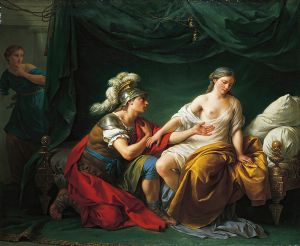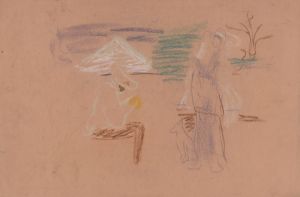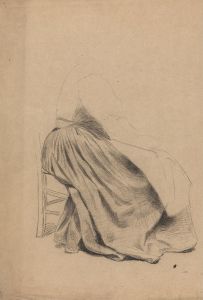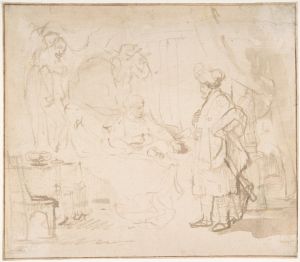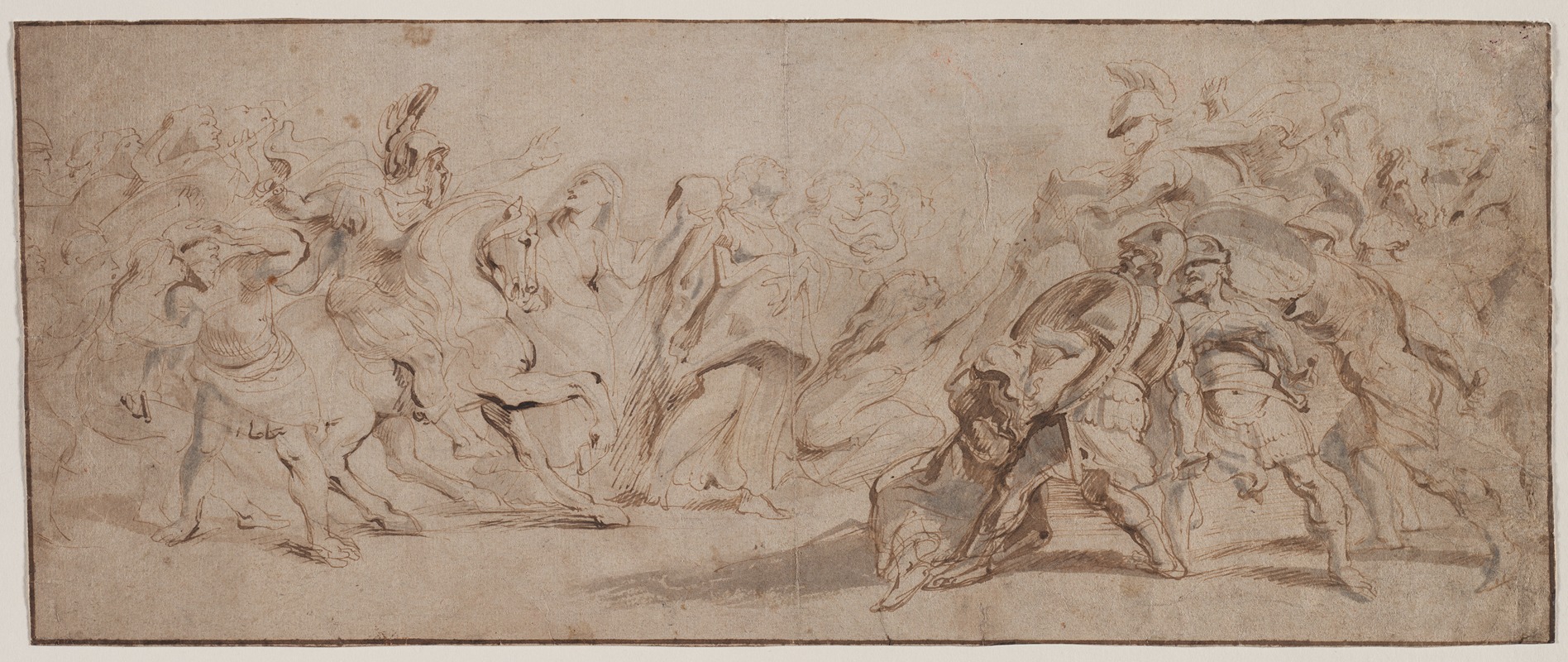
Reconciliation of the Romans and the Sabines
A hand-painted replica of Peter Paul Rubens’s masterpiece Reconciliation of the Romans and the Sabines, meticulously crafted by professional artists to capture the true essence of the original. Each piece is created with museum-quality canvas and rare mineral pigments, carefully painted by experienced artists with delicate brushstrokes and rich, layered colors to perfectly recreate the texture of the original artwork. Unlike machine-printed reproductions, this hand-painted version brings the painting to life, infused with the artist’s emotions and skill in every stroke. Whether for personal collection or home decoration, it instantly elevates the artistic atmosphere of any space.
"Reconciliation of the Romans and the Sabines" is a painting by the renowned Flemish Baroque artist Peter Paul Rubens, created around 1635-1640. This artwork is a significant representation of Rubens' mastery in depicting dynamic historical scenes with emotional intensity and dramatic composition.
The painting illustrates a legendary episode from ancient Roman history, known as the reconciliation between the Romans and the Sabines. According to the myth, the Romans, under the leadership of Romulus, abducted women from the neighboring Sabine tribe to secure wives for themselves, an event often referred to as the "Rape of the Sabine Women." This act led to a war between the two groups. However, the conflict reached a turning point when the abducted Sabine women, now married to the Romans and having borne their children, intervened to prevent bloodshed between their fathers and their husbands. They courageously placed themselves between the opposing forces, pleading for peace and unity.
Rubens captures this moment of reconciliation with his characteristic vigor and attention to detail. The composition is filled with movement and emotion, typical of Rubens' style. The figures are arranged in a dynamic manner, with the central focus on the women who are depicted with expressive gestures, embodying both strength and compassion. The painting conveys a sense of drama and tension, yet ultimately resolves in a message of peace and harmony.
Rubens' use of color and light enhances the narrative, with a rich palette that brings the scene to life. The artist's skillful use of chiaroscuro, the contrast between light and dark, adds depth and dimension to the figures, highlighting their physicality and emotional expressions. The painting is a testament to Rubens' ability to convey complex human emotions and interactions through his art.
This work is also reflective of Rubens' interest in classical themes and his ability to reinterpret them for his contemporary audience. As a scholar and diplomat, Rubens was well-versed in classical literature and history, which often informed his artistic creations. His depiction of the reconciliation between the Romans and the Sabines not only showcases his technical prowess but also his understanding of the moral and philosophical implications of the story.
"Reconciliation of the Romans and the Sabines" is housed in the Pinacoteca Capitolina in Rome, Italy. It remains an important piece within Rubens' oeuvre, exemplifying his contribution to the Baroque movement and his enduring influence on the art world. The painting continues to be studied and admired for its artistic merit and its portrayal of a timeless narrative of conflict resolution and the power of compassion.





